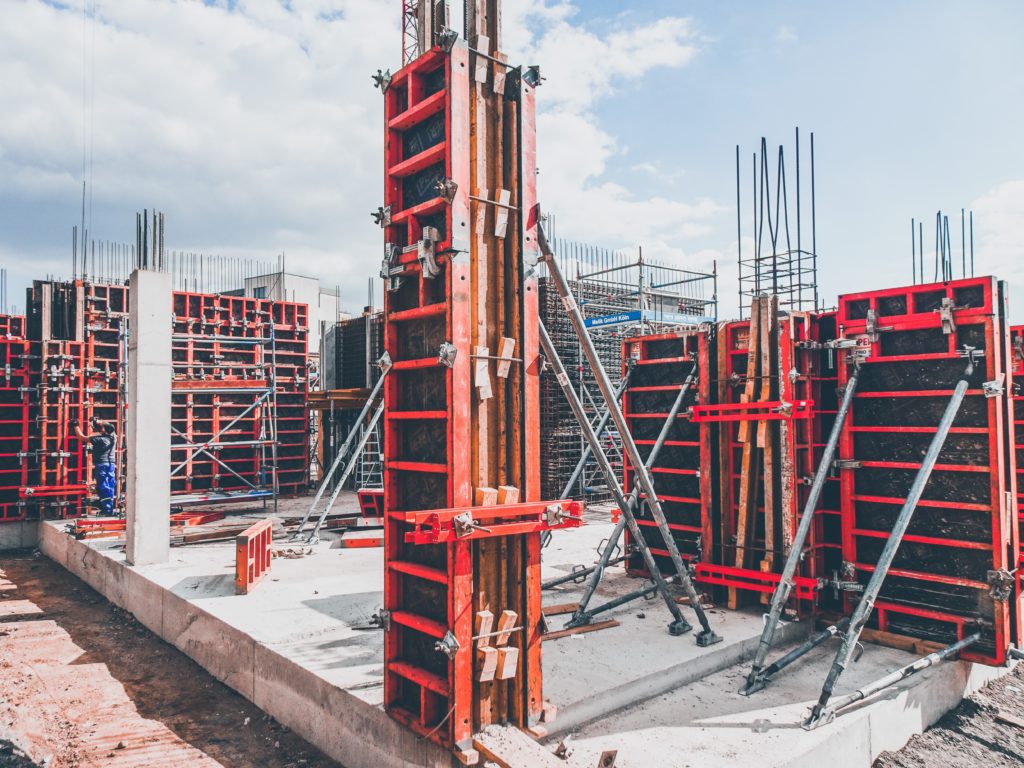They’re big, and they’re big business. Megaprojects — large-scale and often high-profile construction projects that cost $1 billion or more — are taking the industry by storm.
When compared with “standard” projects, megaprojects are a different animal. They have ambitious objectives, lengthy lead times, amplified complexity and intense stakeholder involvement. Consequently, they come with bigger risks of delays, cost overruns, conflicts and even lawsuits.
Driving factors
In the United States alone, more than 670 megaprojects are currently in the planning stages, according to a 2019 report from construction industry consultants FMI. The organization expects total U.S. construction put in place on mega-projects to exceed $2.5 trillion, reaching more than $350 billion per year (roughly 20% of total construction spending) over the next decade.
Population growth in urban areas is driving the need for increasingly complex projects addressing infrastructure, housing, energy and more. Project owners are rolling smaller jobs into larger projects to take advantage of financing and operational opportunities given through public-private partnerships and other alternative project delivery methods.
Questions to ask
When considering whether to bid on a mega-project, you’ll have much to discuss with your executive team and external advisors. Here are a few questions to ask:
What’s our acceptable risk profile? Identify the risks your construction company is willing to take on. These include:
- Technological factors (expensive upgrades, steep learning curve for management and staff),
- Scope creep and scheduling difficulties,
- Cost and inflationary factors,
- Strain on labor availability and human resources staff, and
- An unstable political climate possibly affecting job support and funding.
Ideally, risk should be spread equitably among project partners and stakeholders.
Are the owners stable and trustworthy? With so many megaprojects becoming available, there may be multiple owners soliciting bids for the same project. Bid for owners who are financially solvent and have strong track records of ethical behavior. From there, prioritize those who can clearly define the project and articulate how they plan to construct it.
Who will our partners be? Successful megaprojects operate under a one-team, collaborative approach. The best partners will complement your company’s skills and resources; prioritize open communication; and have similar goals, values and management styles. If you don’t think you’ll be able to work well with any of the other parties involved, you should probably pass on the job.
Do we have the right team in place? Successfully delivering megaprojects requires a coordinated internal project management approach. You’ll need experienced project managers and talented team players who will last through the job. Everyone must be on the same page and ready to rise to the inevitable challenges of a large, lengthy and complex project.
Do we have the right technology? Megaprojects are technology driven. You’ll likely be communicating with other parties via a collaborative software platform, and the job itself may very well involve a building information modeling (BIM) system. Consider your company’s aptitude and equipment capabilities for advanced forms of technology.
High risk, high reward
Megaprojects are high-risk, high-reward propositions. Even if your construction business isn’t quite ready to participate in one, it’s a good idea to monitor megaproject activity in your market and observe its impact on your local economy and supply chain.
We welcome the opportunity to put our construction industry expertise to work for you. To learn more about how our firm can help advance your success, please contact Dave Wolfenden at (302) 254-8240.

Photo by Diri on Unsplash

